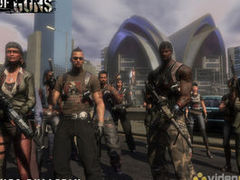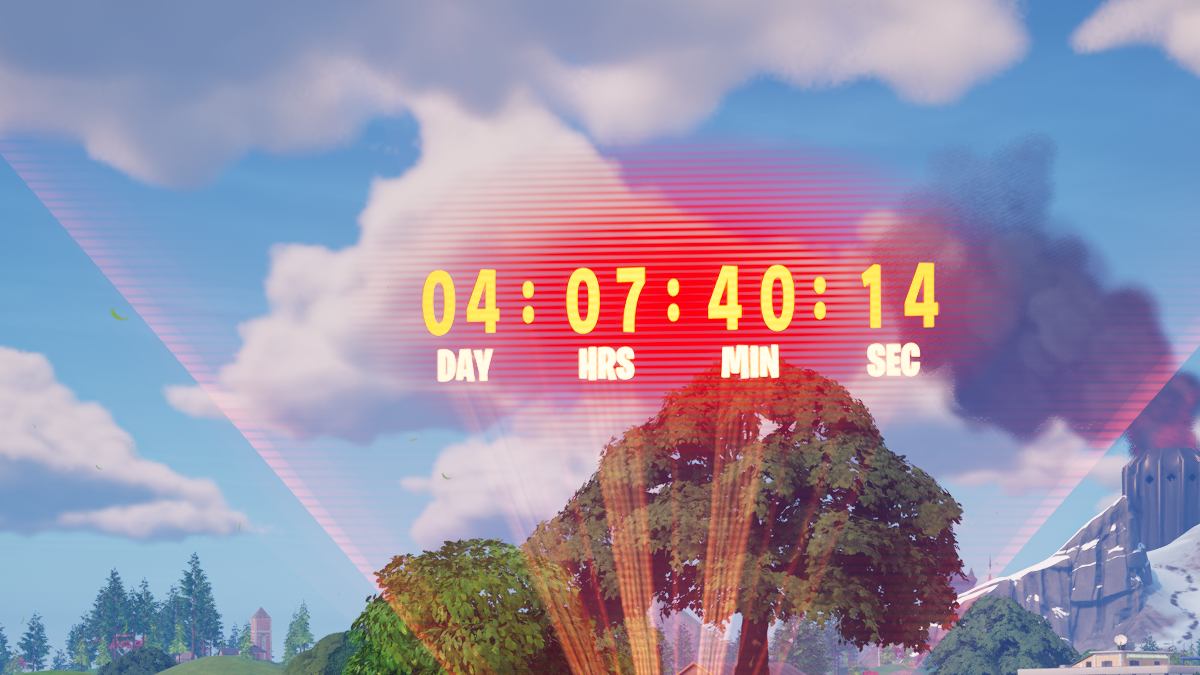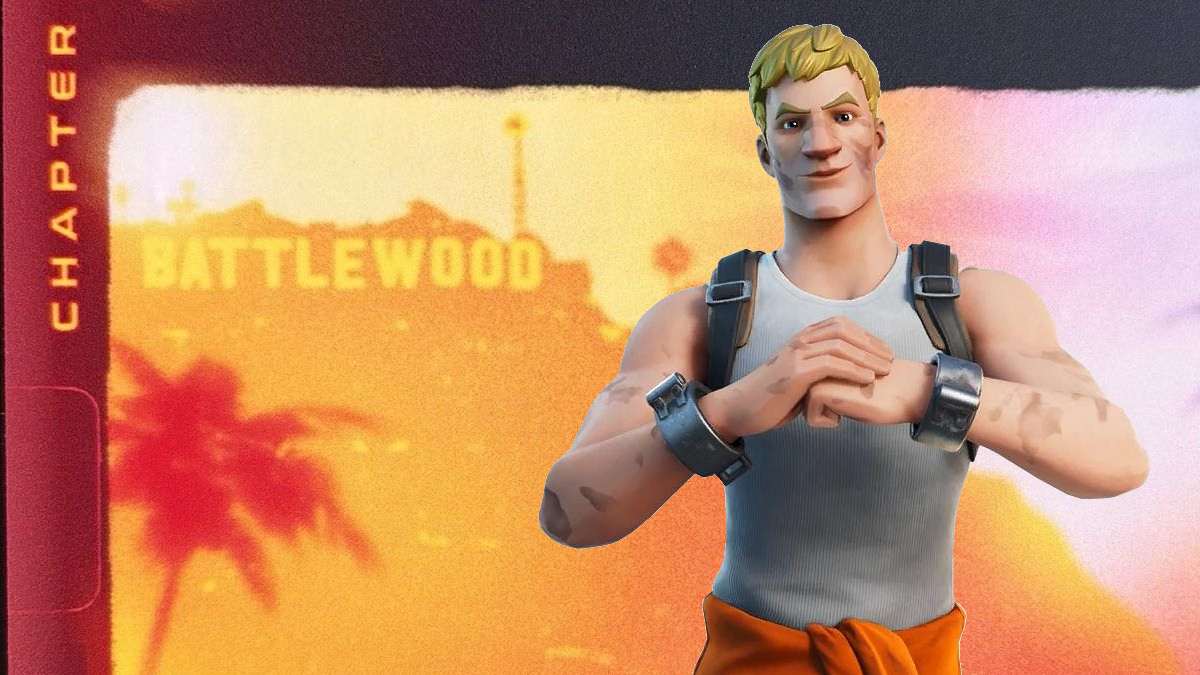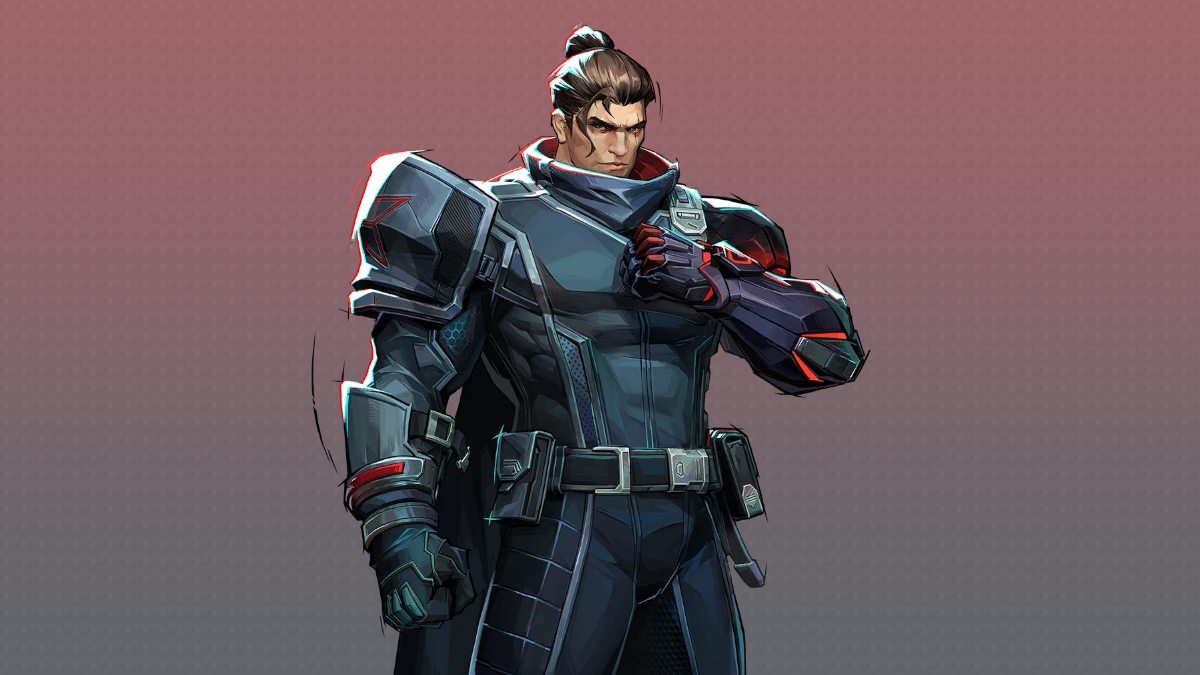You can trust VideoGamer. Our team of gaming experts spend hours testing and reviewing the latest games, to ensure you're reading the most comprehensive guide possible. Rest assured, all imagery and advice is unique and original. Check out how we test and review games here
That unholy mess that once was MMO All Points Bulletin was put out of its misery last year after a very rough start, horrendous reviews, and finally the closure of the studio that made it. Now the game’s been picked up by online games company Gamersfirst and released as a free-to-play title under the name APB Reloaded. Today we talk to Joseph Willmon, Associate Director of Game Operations at Gamersfirst, about the new APB, the use of micro-transactions in MMOs and the state of free-to-play in the industry.
Q: You’ve re-launched APB Reloaded as a free-to-play title, could you talk about what is made available for free and what is available to buy via micro transactions?
Joseph Willmon: Well, as it stands today, APB Reloaded is 100 percent Free2Play. Anyone who is over the age of 18 can download the game, run it and can play to max level without ever grabbing their wallet. The powerful character creation tools, the robust and detailed symbol creator, the music generator, all the missions, levels and zones are open to the free player. Where it diverges is in quality-of-life improvements, play style and vanity items. For example, free players can create symbols with up to 20 layers in the symbol editor for use on clothing, custom car skins, tattoos or in-game tags. A Premium player has access to 100 layers. Premium players also gain contact standing (think XP) and in-game cash faster (up to 90 per cent more in some cases).
On the micro transactions side, we offer things like clothing, special cars (unique to their faction), additional character slots, weapons and more. It’s also key to note that the in-store weapons are slightly different than the in-game reward-weapons, promoting a playstyle over a simple damage or range increase. For example, the mission-based sniper rifle will not allow players to sprint, but it has devastating range and power. The Armas Marketplace (the name for our item shop) version may allow you sprint, but it would do less damage. So both are viable (one is more set for “sit and hit” while the other is set more for a sniper scrambling from nest to nest) and yet balanced in their own way.
Q: This is often thought of as a new business model for the West. But are micro transaction-based F2P games that dissimilar to trial versions of full games?
JW: Trial versions and the Free2Play model are very different. Trial versions rely on gamers to sample a small portion of the game, then ask players to purchase the “full version” once they have either run out or time (time gating) or hit a certain level (level gating). Free2Play games remove the cost barrier that charging as much as $50.00 per game creates, and open the game up to potential players that otherwise wouldn’t even look at it. By letting players experience the game, they get to pay for what they want and like, and opposed to being dictated to by a developer/publisher on how much they can spend. Additionally, by letting premium players play alongside free players, free players can see first-hand the benefits, and if they are worth their investment. It works well for both sides, mostly because the players get what they want from the game, and we, as the developer and publisher, have to deliver a good gaming experience or else we lose them.
Q: Does the stigma around free to play games still exist like it had a few years ago?
JW: That really depends on where you are in the world. In Asia Free2Play is the dominant model, and selling retail-box games for $50 is taboo. In Europe, Free2Play games are rapidly becoming the preferred online gaming medium of choice. In the US, Free2Play is becoming more accepted by publishers and gamers alike. It’s not a surprise to us, given that we practically brought the Free2Play market to the West. More and more US publishers are converting existing titles to Free2Play as they realize that the retail business model doesn’t serve their game’s needs. However, many are still using the antiquated trial period concept in order to retain market share that’s starting to slip. On the player side, more and more gamers are discovering that these Free2Play titles are not the poorly designed an unpolished titles that once populated the Free2Play Market, but high-quality, involving titles. So yes, I’d say that the stigma is changing to our favour.
Q: Is it possible to be as financially successful under the F2P model as the traditional subscription model?
JW: Much more so. In fact, GamersFirst has been commercially successful for almost a decade now as a Free2Play game publisher, and now that we’re developing our own titles, we only see the market growing larger and stronger. If anything, Free2Play seems to be the business model “darling” these days, with many subscription-launched games converting to Free2Play. It comes down to where the audience is. In a pure subscription model, content is king, and the player-base is only willing to support a handful of MMOs at a time. After all, once a gamer has paid the retail price and a monthly subscription, there is a level of commitment there to that particular game.
They may not have the money and time to invest into another MMO, regardless of how good it is. But in the Free2Play model, players can jump in with no strings attached, play and then make the decision to continue to invest time in the game or not. Or they can get the individual items or services they want at a lower monthly cost than the “all you can eat” subscription model. That means the market can now support multiple MMOs to each gamer, allowing them to play the game they want, when they want, not unlike how console games cater to their consumers. Just without the initial investment.
Q: What are your feelings on WoW’s new First-20-Levels-Free scheme? Will the free-to-play trend result in all MMOs having a free element in the future?
JW: Well, while I cannot speak for Blizzard or their future plans, I can say that their change from a time-gated trial to a level-gated trial is a step towards the Free2Play model. That, and the introduction of vanity items and mounts in their Battle.Net store a few years back shows that Blizzard knows there is a market in the Free2Play space that they’d like a piece of. If anything, to have the 800-pound gorilla of MMOs starting to slowly adopt things you were doing near a decade ago certainly brings a type of validation to the market.
Q: Are modern MMO players less willing to pay for things compared to in the past?
JW: I guess that’s again, all in how you look at it. Gamers have never been a fan of making the leap from anticipation to shelling out top price for a game, and then finding out it wasn’t what they had hoped for. We’ve found that if you make the gameplay strong, balance the PvP and keep the game challenging, then players will invest in your game. The key, from GamersFirst’s side, is letting them drive the level of commitment. If you give them something they want, then they will, of course, buy it. That’s the trick.
The other side of the equation is for the developer/publisher to not sell things that break the gameplay. “Pay-to-win” is the biggest pitfall of any Free2Play title, and this is an area where developers and publishers really need to show restraint. Yes, you can throw game balance out the window by putting items in the cash shop that overpower someone, and yes, you’ll make money initially because obviously a ton of people will want that. In doing so, however, the overall perceived value of your game and the amount of enjoyment your potential customers receive (ie, your free players) from being destroyed over and over seriously hampers your ability to monetize them in the future. The best commercial scheme really is providing a fun, balanced game, and letting level of commitment drive your cash shop.
Q: Will free to play games always require micro transactions to offset the lack of subscriptions?
JW: Well, again I can’t speak for the industry as a whole, but I can say that the Free2Play business model that GamersFirst uses does rely on both premium memberships (hybrid subscriptions) and micro transactions, and we have yet to find a model that caters to our communities as well as it does. It truly gives players the power to choose how and what they want to support. If we offer a service or item that no one thinks is worth it, then we take it down and move on to the next one. Players that don’t feel they get enough benefits from our premium services ultimately transition back to the free side of the table, making us look closely as the perks and benefits we offer and re-evaluate how we can make the service more attractive. So from a GamersFirst standpoint, yes, we have had great success with both micro transactions and premium memberships.
All Points Bulletin: Reloaded
- Platform(s): PC, PlayStation 4, Xbox One
- Genre(s): Massively Multiplayer Online, Shooter

/https://oimg.videogamer.com/images/4c6e/all_points_bulletin_3.jpg)






